On October 4, 1970, the American singer Janis Joplin was discovered dead at the young age of 27. Her death was deemed an overdose. Unfortunately, she had a history of drug abuse and was using when she died. However, some of her friends believe that the cause of death listed in the official report might be wrong.
As a child, Janis Joplin was an outcast
Janis Joplin was born in Port Arthur, Texas, on January 19, 1943. She was the eldest of three children, and early on her parents felt that she needed more attention than her siblings. As a teenager, she was a social outcast, but eventually found friends with a group of kids similar to herself. It was these friends who first introduced her to the blues, later inspiring her to become a singer.
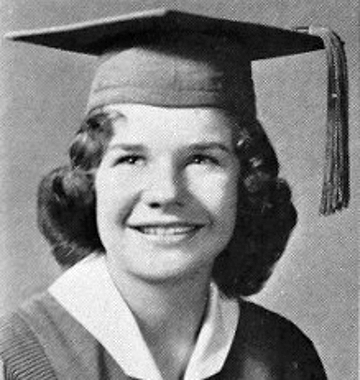
When Joplin got to high school, she was heavily bullied and became even more of an outcast. She suffered from severe acne, making her an easy target for bullies. At school, other kids would call her names like “freak” or “creep” and continuously taunt her.
After graduating from high school in 1960, she attended Lamar State College of Technology in Beaumont, Texas. Then, she briefly studied at the University of Texas at Austin, although she would eventually drop out before completing her degree.
While there, however, she clearly left an impact. The campus paper, The Daily Texan, ran a profile on her on July 27, 1962. The piece was titled “She Dares to Be Different,” and explained what a free spirit Joplin was, well before she found fame.
It read, “She goes barefooted when she feels like it, wears Levi’s to class because they’re more comfortable, and carries her autoharp with her everywhere she goes so that in case she gets the urge to break into song, it will be handy. Her name is Janis Joplin.”
She made the move to California
After Joplin dropped out of college in 1963, she and a friend hitchhiked to San Francisco. She said that at the time she just needed to get away “because my head was in a much different place.” It was here that her drug use significantly increased. She developed a serious drinking problem and addiction to speed, while also trying out various psychedelic drugs and eventually, heroin.
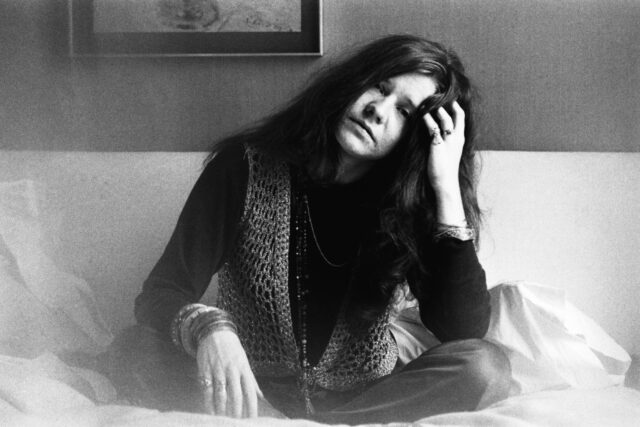
For a short stint between 1965 and 1966, Joplin returned home to her parents, tried to get sober, and attended therapy. However, she eventually returned to San Francisco to become the lead singer of Big Brother and the Holding Company, a psychedelic rock band. Joplin was able to avoid drugs for a brief period upon her return, but eventually, she relapsed.
It was during this time that she first met her friend Peggy Caserta while browsing at the hippie clothing store she started. The two became fast friends, sharing an addiction to drugs. Caserta recalled of her late friend, “She was fun and outspoken and uninhibited. I always thought she was pretty, but she was considered not pretty, and a lot of women thought, ‘I have a chance too.'”
A performance at Monterey kickstarted her fame
Janis Joplin and the rest of the band performed gigs here and there for a few years, releasing their debut studio album, Big Brother and the Holding Company, in 1967. They may not have had the opportunity if not for their electric performance at the Monterey Pop Festival earlier that year.
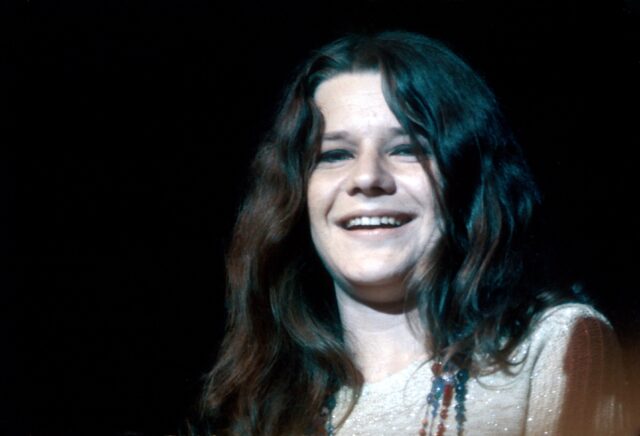
She was just 24 years old when she took the stage and gave a legendary performance of “Ball and Chain” that grabbed the attention of the world. Columbia Records president Clive Davis said that seeing and hearing Joplin there “made me intensely aware and excited about the new and future direction of music.”
He also said that Joplin “uniquely personified contemporary rock music in spirit, in talent and in personality.” However, it seemed her talent was too large for the band, and she soon split off to pursue a solo career. “I’d rather not sing than sing quiet,” she once said. “Billie Holliday was subtle and refined. I’m going to shove that power right into you, right through you and you can’t refuse it.”
She wasn’t on her own for long before she became even more successful and started hanging out with the rest of the greats, including the likes of Jimi Hendrix, Jim Morrison, and David Crosby.
Joplin was found dead in her hotel room
On October 4, 1970, Janis Joplin was supposed to be at a recording session. When she didn’t arrive at the studio, her road manager, John Cooke, went to her hotel room in Hollywood. When he arrived, he spotted her iconically-painted 1964 Porsche 356 out front, meaning she was still there.
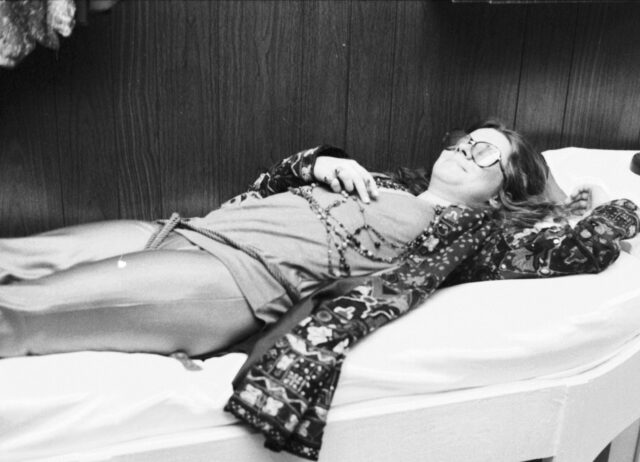
When Cooke entered room 105 looking for Joplin, he found her dead on the bed with some change in one hand and cigarettes in the other. The authorities arrived soon afterward, noting that bottles of alcohol and syringes were found in the room but that there were no drugs on the premises.
It turns out that friends of Joplin’s had taken all drugs out of the room, but had returned them after realizing that the toxicology report would show that she had been using narcotics anyway. After further investigation, it was determined by Los Angeles coroner Thomas Noguchi that Janis Joplin’s cause of death was a heroin overdose aggravated by alcohol.
Joplin’s publicist, Myra Friedman, tried to retrace Joplin’s last moments, sifting through police documents and holding interviews. She came to the conclusion that the late singer had purchased the cigarettes after she took a lethal amount of heroin. She believed that Joplin had gotten high, went to the lobby to get change and buy her cigarettes, and then died in her bed after returning to her room.
Caserta wonders if Janis Joplin’s death was an overdose
In her memoir, I Ran Into Some Trouble, Caserta explained that she had arrived at the hotel room shortly after the police. She described how she had seen her dead friend with her own two eyes. “I saw her foot sticking out at the end of the bed,” she said. “She was lying with cigarettes in one hand and change in the other.”

Despite the cause of death being listed as an overdose, Caserta has struggled to believe that conclusion. “For years it bothered me. How could she have overdosed and then walked out to the lobby and walked back?” Caserta herself is a survivor of overdose and said this simply was not possible. She explained that during an overdose, “You crumble to the floor. Like how they found Philip Seymour Hoffman.”
Caserta has her own theory on Janis Joplin’s death
When the cause of death was revealed, Cooke opined that he thought Janis Joplin had been given an overly potent batch of heroin that had caused her to overdose. This was supported by the fact that other local users had apparently overdosed from that same batch that weekend.
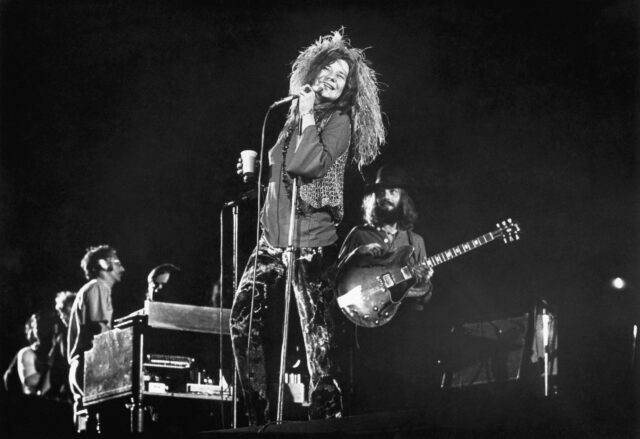
However, Caserta said, “I let it go for years, but I always thought, ‘Something is wrong here.'” Her memoir also revealed that she had used the same exact batch of heroin that Joplin had overdosed on that night, as the two often shared drugs. “The idea that [Joplin’s heroin] was so much stronger — there’s no gold standard,” she said. “It was absurd.”
Instead, Caserta has her own theory on how her friend died. She believes that Joplin’s “tiny hourglass heel” had gotten caught by the shaggy carpet in the hotel room, tripping her and causing her to break her nose on the nightstand. After this, she fell asleep on the bed and asphyxiated from blood caused by her broken nose.
‘The 27 Club’
Janis Joplin’s death was even more shocking because it came just 16 days after Jimi Hendrix passed away suddenly. Both were 27 years old when they died, leading some to refer to them and other famous artists who passed away at that age as members of the “27 Club.” Other members include The Rolling Stones’ Brian Jones, as well as Kurt Cobain, Amy Winehouse, Jim Morrison, Robert Johnson, and many more.
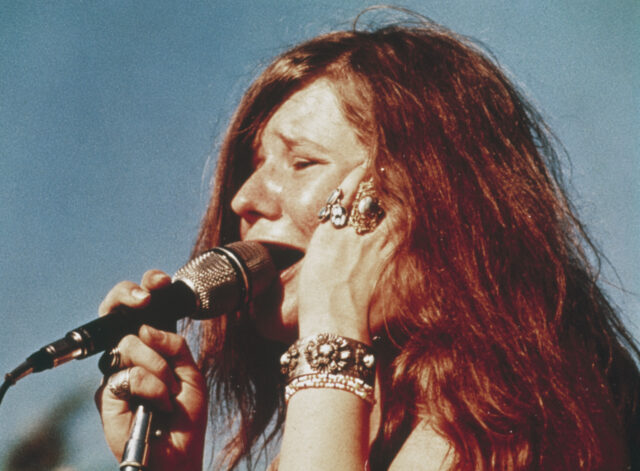
More from us: Sam Cooke’s Death: Was it Really a Justifiable Homicide?
Whatever the cause of Janis Joplin’s death, it was a tragedy. She was young and at the height of her career. Her contributions to the music industry are still felt today. There’s even a commemorative plaque in room 105 at the hotel where she died.
Let us know what you think in the comments!
